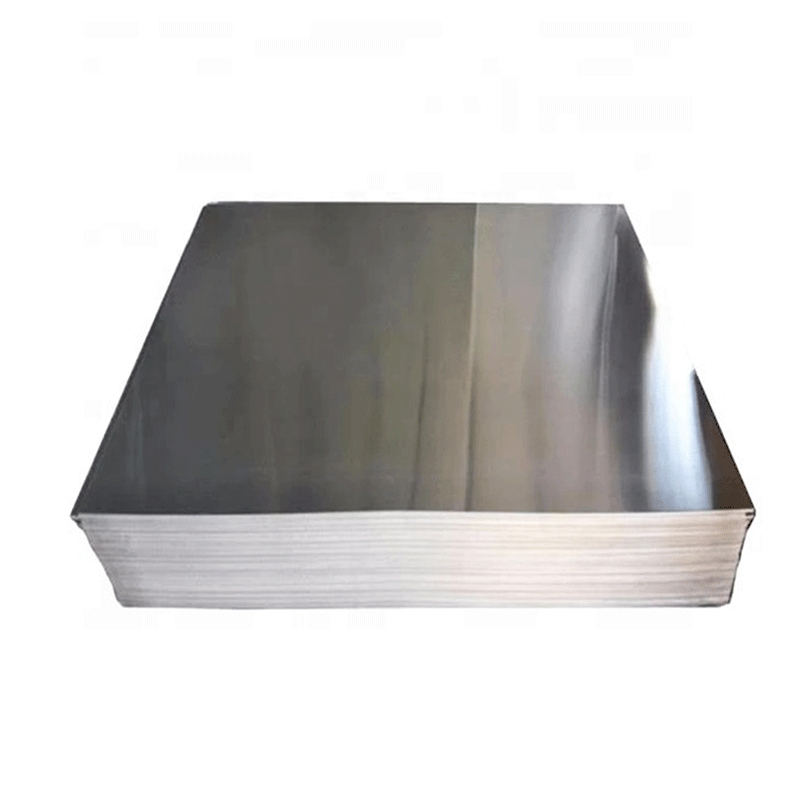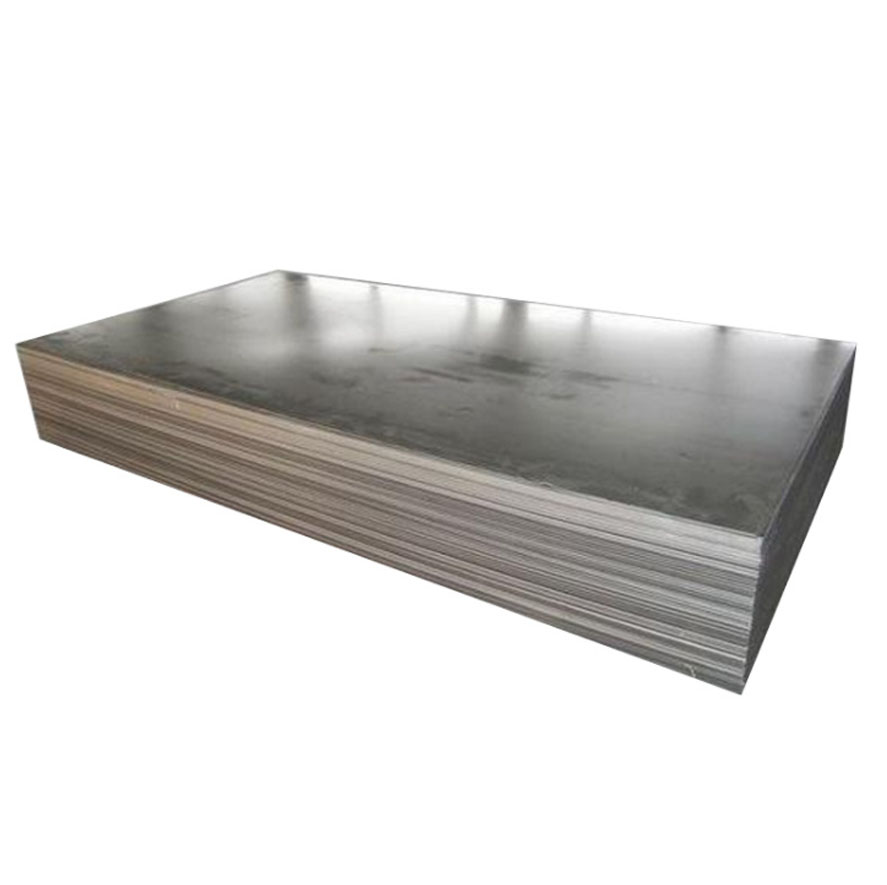What is 316Ti stainless steel?
09-10-24
316Ti stainless steel is a reinforced stainless steel with titanium (Ti) added to standard 316 stainless steel. It is known for its excellent intergranular corrosion resistance, high temperature strength and stability. This stainless steel belongs to the austenitic stainless steel family and has a wide range of applications and unique performance advantages.
1. Definition of 316Ti stainless steel
316Ti stainless steel, full name 316Ti stainless steel pipe (English name 316ti stainless steel pipe), is made by adding a small amount of titanium to SUS316 stainless steel. This alloy improves its intergranular corrosion resistance by adding titanium while maintaining or enhancing its original corrosion resistance and mechanical strength. The grade of 316Ti stainless steel is usually S31635 or 06Cr17Ni12Mo3Ti, which meets ASTM and other international standards.
2. Characteristics of 316Ti stainless steel
● Intergranular corrosion resistance
The addition of titanium stabilizes the microstructure of stainless steel and prevents the precipitation of chromium carbides, thereby significantly improving the resistance to intergranular corrosion. This property allows 316Ti stainless steel to maintain excellent corrosion resistance even in high temperature environments (such as over 800°F/427°C).
● High strength and toughness
316Ti stainless steel has excellent mechanical properties, including high tensile strength (≥520 MPa) and high elongation (≥40%). These properties make it suitable for applications with high pressure and heavy loads.
● Good corrosion resistance
In addition to resistance to intergranular corrosion, 316Ti stainless steel also has good resistance to chloride attack, suitable for corrosive media in marine environments and chemical industries. Its corrosion resistance is better than 304 stainless steel, especially in media such as sulfuric acid, phosphoric acid and acetic acid.
● Non-magnetic
Unlike some other stainless steels, 316Ti stainless steel is non-magnetic, which is particularly important in some magnetism-sensitive applications.
● Good weldability
316Ti stainless steel has good welding performance and can be connected using a variety of standard welding methods, such as TIG, MIG and arc welding. After welding, if necessary, annealing can be performed to optimize corrosion resistance.
● Hygiene
Its smooth surface finish helps prevent bacterial growth, so it is suitable for environments with high cleanliness requirements such as food processing, medical equipment and pharmaceutical industries.
3. Application areas
● Application of 304 stainless steel sheet
304 stainless steel sheet is widely used in many fields due to its good corrosion resistance and processing performance. In home appliances, kitchenware, architectural decoration and food processing industries, 304 stainless steel is favored because of its moderate cost and stable performance. For example, stainless steel tableware, kitchen utensils, faucets, etc. in the home are often made of 304 stainless steel. In addition, in the general atmospheric environment, 304 stainless steel can also maintain good corrosion resistance.
● Application of 316 stainless steel sheet
In contrast, 316 stainless steel sheet is used in more severe environments due to its higher corrosion resistance and strength. 316 stainless steel has become the preferred material in marine engineering, chemical equipment, medical equipment and food processing where high corrosion resistance is required. For example, pipes, valves and pump bodies on offshore platforms are often made of 316 stainless steel to ensure long-term stable operation in high salinity and high humidity environments. In addition, many high-end medical devices are also made of 316 stainless steel to ensure its safety and durability.
4. Price difference
Because 316 stainless steel has molybdenum and more nickel elements added to its chemical composition, its production cost is relatively high, so its market price is also slightly higher than 304 stainless steel. Generally speaking, the price of purchasing 316 stainless steel sheet is more than 20,000 yuan per ton, while the price of 304 stainless steel sheet is between 15,000 and 20,000 yuan. This price difference requires a trade-off between the specific application scenario and budget when selecting materials.
5. Summary
There are significant differences between 304 and 316 stainless steel plates in terms of chemical composition, physical properties, corrosion resistance, and application areas. When selecting stainless steel plates, the most suitable material should be determined based on the specific use environment and needs. For general atmospheric environments and low-concentration acid environments, 304 stainless steel plates are sufficient; in situations that require higher corrosion resistance and strength, such as marine environments, chemical equipment, and medical equipment, 316 stainless steel plates are more suitable.
6. Why Zhengkuan Steel?
At Zhengkuan Steel, we are committed to delivering superior stainless steel coil products tailored to your needs. Here’s why you should choose us:
- Quality Assurance:We implement rigorous quality control processes to ensure you receive the best products.
- Expert Guidance: Our experienced team provides expert advice and support to help you select the right material for your project.
- Competitive Pricing: We offer premium products at competitive prices, ensuring excellent value for your investment.
- Customer Commitment: Your satisfaction is our top priority, and we strive to exceed your expectations with every interaction.
Get in Touch
Ready to leverage the benefits of stainless steel coil for your project? Contact our sales team today or call us at +86 18015369478. Visit Our Website for detailed information about our products and services.






